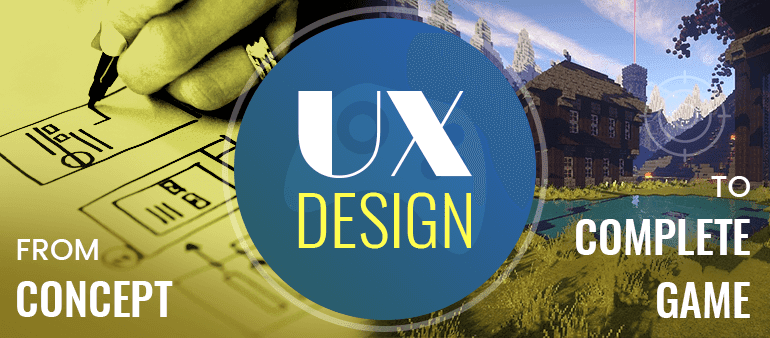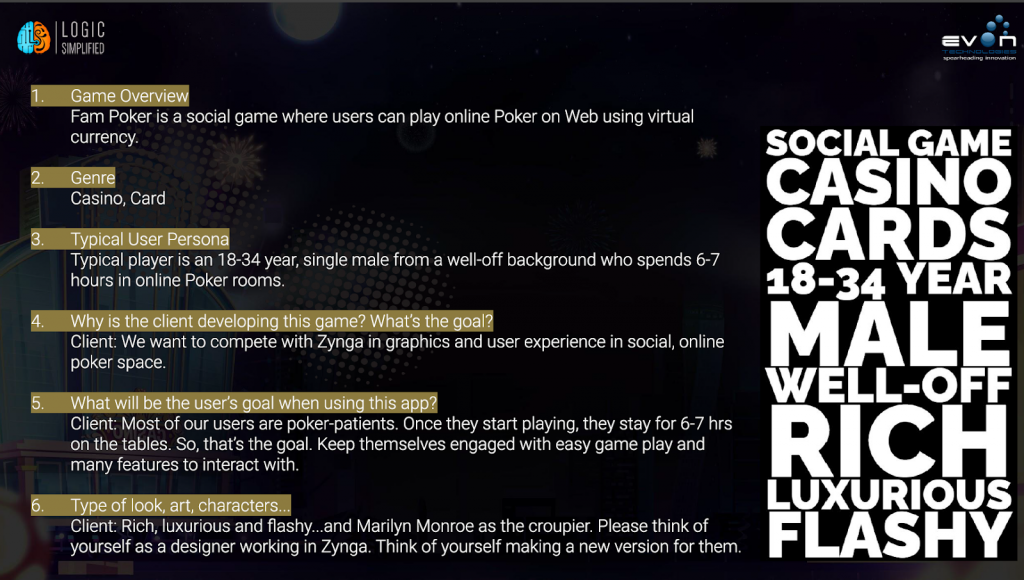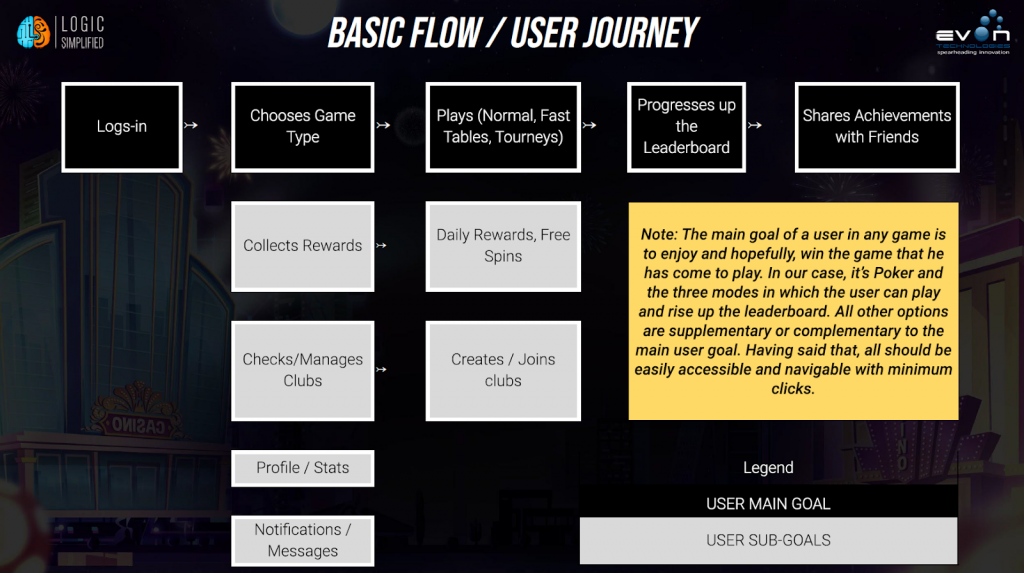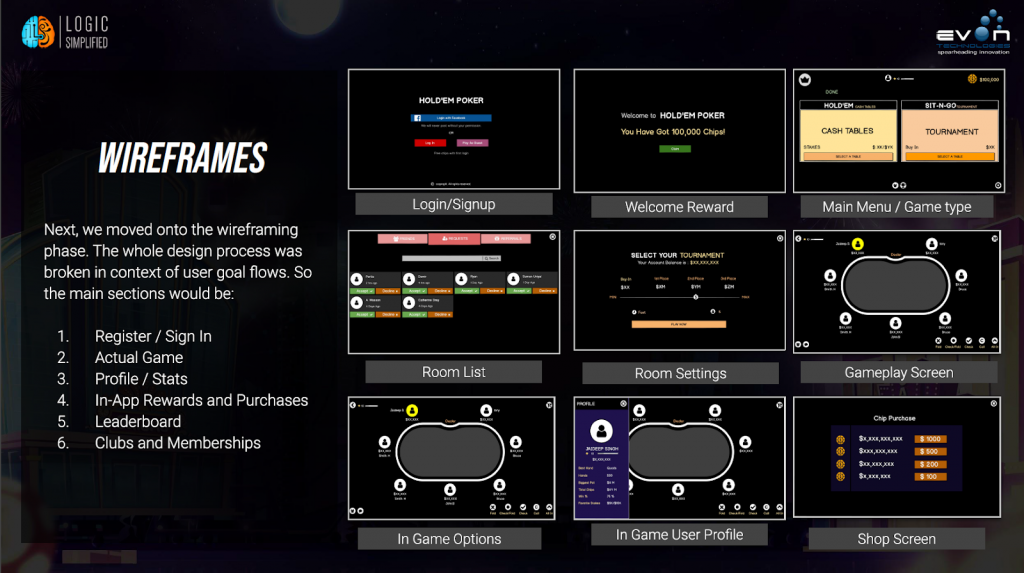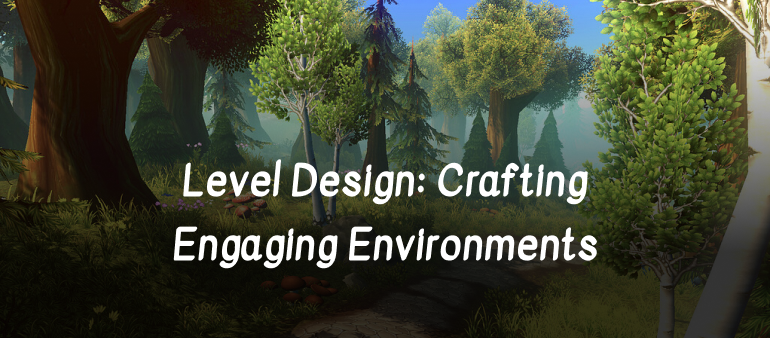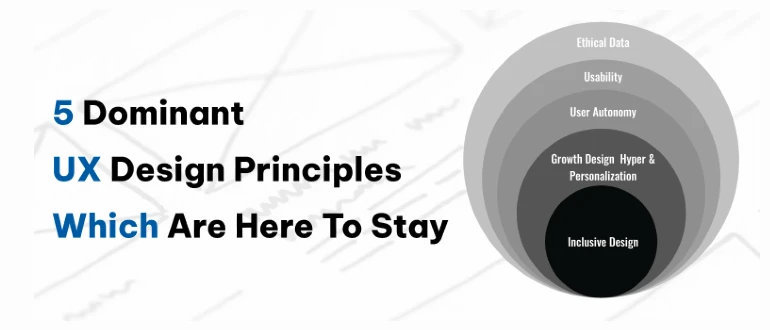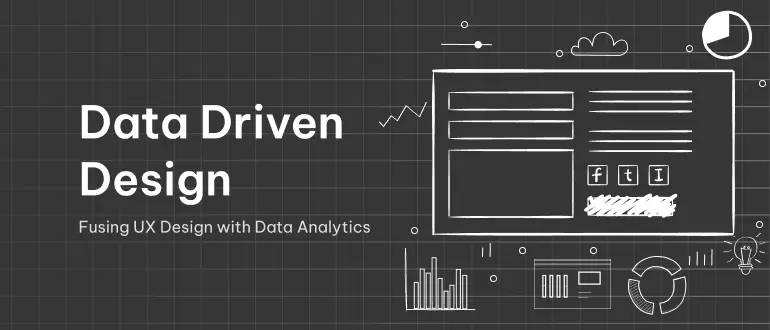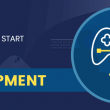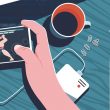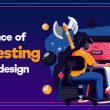This is the question that often comes up when I tell people what I do for a living. And if I try to explain what my job is really about, I often see them scratching their head, and I end up cutting it short.
However, the reality of what I do is much more complicated and requires a better and more in-depth explanation. That is why I wrote this article about UX (user experience) design.
To fully understand a UX design process, it is imperative to begin with a definition of the user experience.
Today, user experience is everything. Anything one does must be optimized to develop an excellent digital understanding. User experience refers to the emotions and behaviour that are evoked in the consumer while using the service or product.
Coming back to UX design, “UX” or “user experience”, is how a user feels when they use a certain product or service. A method of designing physical and digital products while keeping the target audience in mind. It involves a spectrum of feelings like senses, emotions, and physical interaction. This term was introduced by Donald Norman, who said:
“I invented the term because I thought human interface and usability were too narrow. I wanted to cover all the aspects of the person’s experience with the system including industrial design, graphics, the interface, the physical interaction, and the manual.”
Why Must One Invest in User Experience Design?
It is very easy to fall into the trap of thinking that design is only about how the products look. But the truth is, the design is much more than that. Here is a quote from Steve Jobs that represents the importance of the design perfectly:
“Design is not just what it looks like and feels like. Design is how it works.”
The aim of UX design not only shows and promotes your product, but it has also become a vital component of creating and increasing customer confidence. The best product that does not deliver an engaging user experience may affect a company’s ability to achieve its business objectives.
User experience design is crucial because its main goal is to meet the needs of the customers and provide them with an experience that is meaningful and builds loyalty. Furthermore, by providing a positive experience in the product, you can direct users through your product in a way that realizes your most critical business objectives.
You can also read about: User psychology in UX design
Step-by-Step Guide to User-Experience Design
To start a new design project may seem challenging. Some may have a vague idea in their head that they believe to be a good one, but after some time, they might realize that it would have been much simpler and possibly less messy if they followed in a specific direction. Having a proven process of UX design concepts can save a lot of your energy, time, and money. Of course, now the question occurs: how do we do it? Well, there are some techniques that we follow, and they work really well. So, we decided to share with you in this article. Let’s begin:
1. Research:
The research is the main step to design the user experience. A UX designer must research, discuss, and understand the product domain, competition, and marketplace. Our team of UX designers starts by collecting details from our clients, conducting surveys, etc. Below are some of the most widely used research methods in UX:
Clients interview: One of the most critical steps in UX design is already done before the product team starts creating anything. Our UX design team begins their research by collecting information from our clients, i.e. preferences, genre, goal, desires, mindset, etc. Doing so helps the team to learn its context for existence. Also, the research allows them to know what they need and what they want. We start with questions and interviews with our clients to gain insight into their business goals.
This phase is the process of UX design which helps in providing ideas and materials from which you can start to sketch and design your ideas. Since UX is a user-based approach, you are not likely to get any answers out of the clients. In the end, they will be the one who will determine the goals, whereas user research will help in providing solutions to reach those objectives.
User Interviews: A user interview is a detailed one-on-one interaction between an interviewer and participants from the target customer. It is designed to find out the user’s fundamental needs and requirements when using the product. This approach is particularly useful when the target group is new or unfamiliar to the team.
Survey: A survey is a questionnaire consisting of a set of particular questions sent over the internet to a sample of your ideal customer, usually through a form. The format, as well as the length of the digital survey, may vary from project to project. Regardless of the design or length of the form, the information is collected in a database that is checked at a future stage by the UX designer or the UX design team.
Focus groups: In this, multiple interviewees are involved at the same time. This makes it possible for the researchers to collect as different views as possible. They talk about their impressions, emotions, and frustrations with a product. This typically works better to collect quantitative response rather than qualitative.
2. Analyzing the results: User personas and user journey mapping
Gather and examine the results you obtained during the initial phases. You can use two methods for this purpose:
User personas: A user personas describe your target audience that can include the following data: gender, age, profession, goals, behaviours, needs, etc. All the design decisions revolve around the user personas.
User journey mapping: User journey mapping shows step by step how the user will interact with the service or product. This mapping offers a guide that shows the sequence of interactions that a user takes from a landing page to the other parts of the site.
3. Designing
Once the user’s needs, wants, and expectations from a service or product are clear, product designers move to the design stage. At this point, the product team starts working on multiple activities, from building the IA (information architecture) to the actual UI design. A successful design process is both collaborative (all team players involved in product creation need to be actively involved) and interactive. The stages that include in the design process are:
Sketching: The simplest and quickest way to visualize the UX design ideas is through sketching. It is an essential part of the design process. Sketching is very helpful at brainstorming sessions because it helps the team imagine a wide variety of design solutions before choosing which one to go with. We usually create three or four different versions and always show everything to the client. Even the sketches also help them understand the progression of the process and also our style of thinking.
Creating wireframes: Now comes the most exciting side. There is nothing better than something that gives everyone a first visual experience of the product. Creating a wireframes presents the blueprint for each page. It is a visual guide with the basic structure of the future page, including the main elements and how they fit together.
A wireframing is known to be the product’s backbone and is all about the final product’s complete look. The wireframes focus on the position of the content, buttons, images, and other visual features on the page. Apart from this, it also gives a clear picture of how the user will navigate through and between the pages on the site as they progress towards their ultimate goal.
Prototypes: Although wireframes are mainly about the framework and visual design (the look), prototypes are about the real experience, i.e. the look and feel of the product. A prototype enables the UX researchers to analyze and find any flaws, mistakes, or discrepancies in the overall design as well as experience before the development team translates it to the final version. The most significant benefit of creating a wireframe is that it provides you with an advanced phase of the product for review with the clients.
You may also read: Mobile Game Development Process
4. Testing:
At this stage, you have reached a point where your assets are ready to ship. This means it’s time to implement. Pass everything to the development team who will build a high fidelity version of the user experience. Once it is delivered, there are many ways you can make sure that the product is flawless (or even close to it):
User testing: Much like the usability testing, this includes observing the target group using the actual program.
Beta launch: Beta launch is a release of the product to a limited number of individuals with the aim of identifying bugs and fixing them up before the product is launched to the public.
Internal testing: When the product is used by the product development team and evaluates each aspect of it.
5. Implementation and Launch:
Once done with the testing, the approved prototype will eventually be transformed into a final product for UAT testing before an official launch. Therefore, the work of the UX researcher does not stop here. Research activities continue to:
-
- Recognize the improvement area through user testing.
-
- Track the industry trends and benchmarks against the competitors.
- Suggest new features to be introduced with user recommendations in mind.
You cannot create a product that your intended group will love without having a game UX design process. A UX design process will help achieve product-market fit quicker and increase your conversion and have a positive effect on your brand image. Having said that, Logic Simplified is a game development company that has hands-on experience of designing and creating various genres of video games and mobile apps. We have a team of game concept designers that are innovative, highly productive, and provide full-scale design and development services. Hire game designers from us and have a highly creative game design at extremely competitive costs. For any query related to game development services, please contact us here or write to us at enquiry@logicsimplified.com
 Get a Quote
Get a Quote

